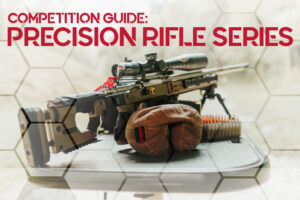
Guest Writer: Kenzie Fitzpatrick
I recently set out on a mission to enter the world of the Precision Rifle Series. It’s been a big step in my career as a competition shooter. For a long time, I put off participating in this genre of competition shooting for the following reasons:
- I didn’t believe I was a strong rifle shooter.
- The competition looked daunting to get into.
- Honestly, it didn’t seem as exciting to me. (I’m a 3 Gunner – we like to run and gun.)
For the record, all three reasons were excuses, and I was wrong about them all. Every shooting sport has a group that never ventures beyond the one shooting sport they practice. This may be because egos get in the way, they have no interest in trying a different sport, or they don’t realize what other shooting sports can teach you.
I’ve always sought to try as many shooting sports as possible to improve my weaknesses and be a better all-around shooter. As I watched my pistol skills improve and my shotgunning get better, I realized my weakest link was the rifle. Enter PRS (Precision Rifle Series).
If you’re interested in shooting the Precision Rifle Series, find someone who shoots it and ask them for help. That’s excellent advice for any shooting sport. But if you don’t know anyone who shoots it and you’re ready to dive in, this guide will walk you through the gear you need to succeed. We’ll also cover calibers, ammunition choices, and how to prepare for your first match.
My first advice is to read the rulebook for PRS. Pay particular attention to the divisional requirements so you’ll know what’s legal.
Precision Rifle Series Divisions
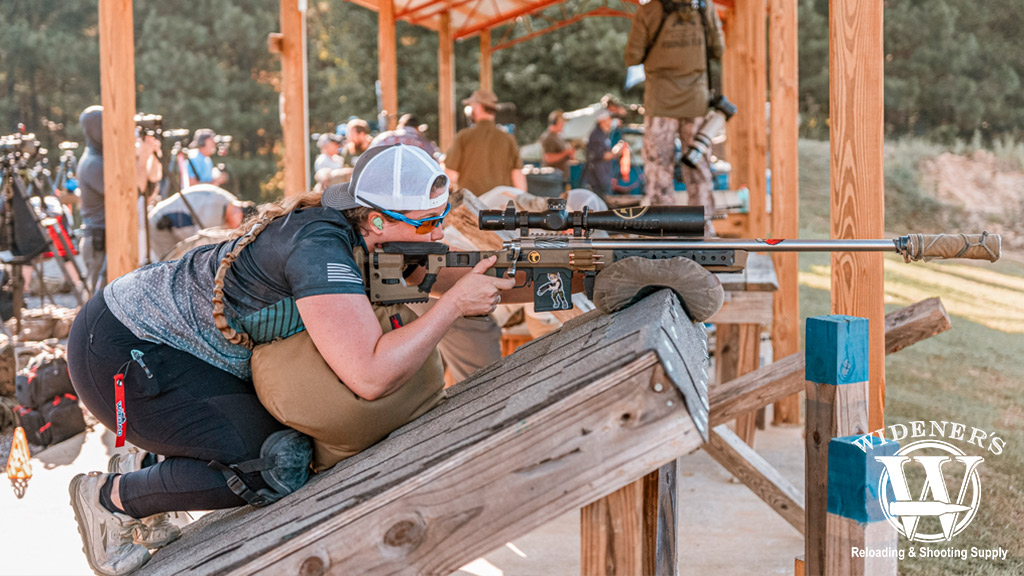
The Precision Rifle Series has multiple divisions with categories that make it fun for competitors of all ages to get involved.
The PRS has three Bolt Gun Divisions and one Gas Gun Division. The down-and-dirty details of each division are as follows:
- The company’s website states that Bolt Gun Production Division rifle values shall not exceed $3,000. The optic shall not exceed $2,500.
- Bolt Gun Tactical Division rifles are restricted to .308 Winchester and 5.56 NATO/.223 Remington calibers.
- Bolt Gun Open Division rifles will not exceed a caliber of .30 or a velocity of 3,200 fps.
- Gas Gun Division rifles may consist of large or small-frame semi-auto precision rifles without restrictions. Gas guns division rifles will not exceed a caliber of .30 or a velocity of 3,200 fps.
The most complicated division in terms of rules is the Production division. This division is meant to get new shooters into the sport and allow them to run a stock rifle and simple optic and get going. This division places a spending limit on rifles and optics to make a fairer playing field.
There are rules about what defines a rifle, which require the manufacturer to produce 50 or more rifles per year to qualify for Production. This division is a great starting point, but read through the rulebook to ensure you can legally compete in this division.
Categories
The following categories are recognized when registering for Precision Rifle Series matches:
- Military/Law Enforcement Category
- Ladies
- Seniors
- Junior
- International
If you fit the criteria for one of these categories, you can compete for trophies and occasionally prizes in the categories in addition to your division.
Classifications
PRS competitors can achieve a classification of either Pro, Semi-Pro, Marksman, or Amateur. Each class consists of a percentage of the total number of affiliated shooters based on the end-of-season standings, not including the finale. Pro shooters, for example, will be classified as the top 20% of competitors according to the standings after the last Pro Series match of the season.
Based on these standings, competitors within the top 55 -79.9% of shooters are classified as Semi-Pro. What’s unique about the Precision Rifle Series is that they have an invite-only finale at the end of the year. Here, the top shooters within each classification can attend the Precision Rifle Series Pro Series finale, fostering growth and encouraging participation at all levels.
Competition Ammunition: Factory Or Hand Loads?
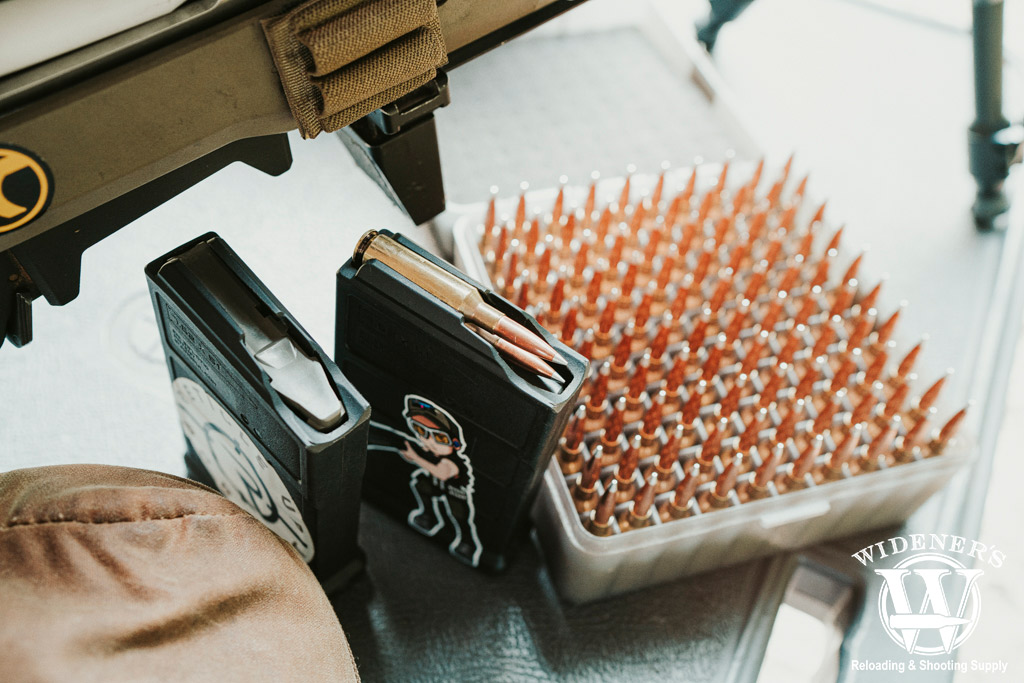
Precision ammo edge? PRS champions are a balance of hand-loaders and factory ammunition appreciators.
After attending several matches across the country this year, I never got a clear answer on what’s better: factory or hand-loaded ammunition. The reason for this is I saw the overall winner of these matches change and vary throughout the season. Some of the best shooters in all shooting sports in America are on the Army Marksmanship Unit (AMU) team.
My final match of the year was the 2023 GAP Grind at K&M Precision, and an AMU shooter took the overall and team win. I found out that if the AMU shooters are wearing their jerseys, they’re shooting factory ammunition supplied to the unit. This is also true of what the best gun or optic is. At the end of the day, no amount of gear or the highest quality gun and optic combination with perfect ammunition will buy you the win. It always has and will come down to the person behind the gun pulling the trigger.
Is Reloading Better For Precision Rifle Series?
Most folks shooting the Precision Rifle Series are reloading their ammunition. One of the biggest reasons for this is the majority of ammo manufacturers don’t make all the types of ammo that people shoot in PRS. The competitors I shot with this year used .308 Win, 6mm Creedmoor, 6.5 Creedmoor, 7mm PRC, and more. There are many caliber options for this sport. The cartridge choice comes down to felt recoil, what velocity you want from your gun, if you plan to use a muzzle brake or shoot suppressed, and more.
Why Do Folks Reload?
People prefer to load ammunition for the precision rifle series because they can control the load development to have less standard deviation between each round. When factories produce ammunition, they do so in lots with specific brass, powder, primers, bullets, etc. Lots can change enough to see a difference in velocity and accuracy. This was especially true during the pandemic, when components were difficult to get.
Many variables go into getting ammunition to perform how you want it to, including the temperature when you reload the ammo and the temperature you fire it in. Going down the rabbit hole of reloading is a personal choice. If you want to try your hand at PRS and see if you enjoy it before investing, run factory ammunition and worry about reloading later.
The 2023 Precision Rifle Series Champion was Kahl Harmon, an AMU team member shooting factory ammunition throughout the season.
Choosing A Competition Rifle
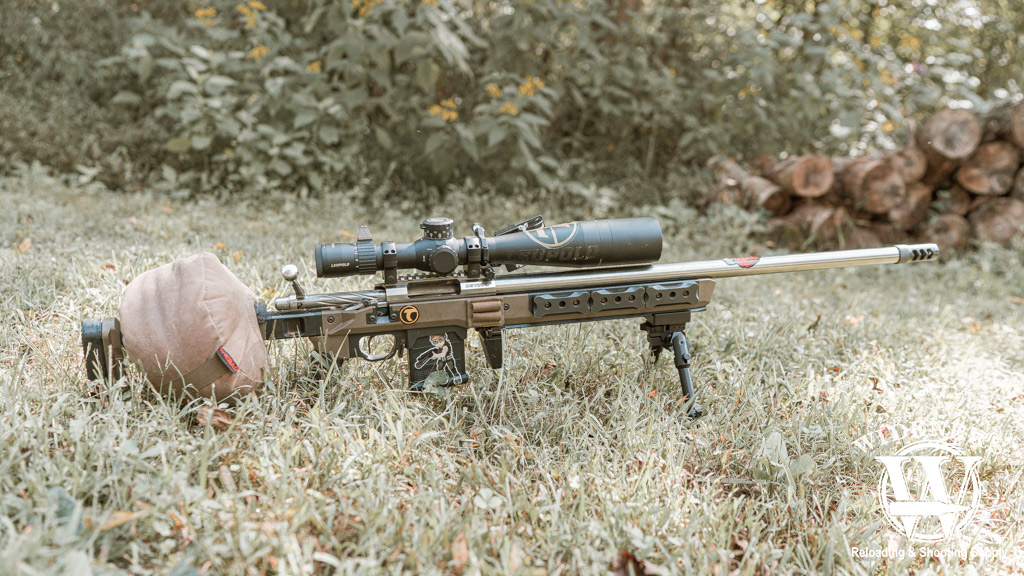
You can build a custom Precision Rifle Series gun from the ground up, or modify a factory model to suit your needs.
There aren’t many “out of the box” PRS competition bolt guns on the market today. This reality can make participating in PRS a challenge. The majority of the PRS rifles are built from the ground up off of existing chassis and the selection comes down to what barrel, caliber, and action you plan to run.
Building a PRS bolt action rifle can feel daunting and it certainly isn’t an overnight process. That being said, there are a few good options for stock rifles to get started with if you’re not ready to build you’re own. Many of these rifles come in options, and for PRS, you want to run the heaviest rifle possible with the longest barrel offered for the least amount of movement in the gun and the most accurate at distance. Consider the following options:
- AERO Solus Competition
- Tikka T3x Tact A1
- SIG Cross Rifle
- Ruger Precision Rifle
- Daniel Defense Delta 5 Pro
What The Pros Use
Every year, the Precision Rifle Series conducts a survey of members to find out one piece of data. Specifically, what caliber are they currently using for PRS? In 2023, the majority of shooters responded with 6mm Dasher, followed by 6mm BRA, and 6mm GT. Some respondents did reply with 6mm Creedmoor and 6.5mm Creedmoor. Some of these calibers are not manufactured by major ammunition brands. So your choice of rifle caliber will come down to whether or not you plan to shoot factory or reloaded ammunition.
Say you’re ready to build a rifle. There are two major decisions you have to make. One is the choice of the barrel, and the other is the choice of action. The 2023 survey also asked these two questions of competitors for the 2023 season. The top results for action were Impact Precision, followed by Defiance and Curtis Custom, and onto Big Horn, Lone Peak, and others. When it came to barrel choice, the top winner was Bartlein Barrels, followed by Proof Research, Krieger, Hawk Hill, and Benchmark. Keep in mind, that you’ll also need a chassis to bed your action and barrel into.
There are a variety of chassis manufacturers including Foundation Stocks, Manners, MDT, MPA, and even Magpul. The chassis should be heavy, allow for M-LOK and ARCA rail attachments to be mounted on the gun, and be a chassis you can pick up and move from one position to the next. Those are just the places to start with, and then you’ll also need to pick out a trigger, a muzzle brake, or a suppressor, and determine what glass to mount on the gun.
Precision Rifle Series Optics
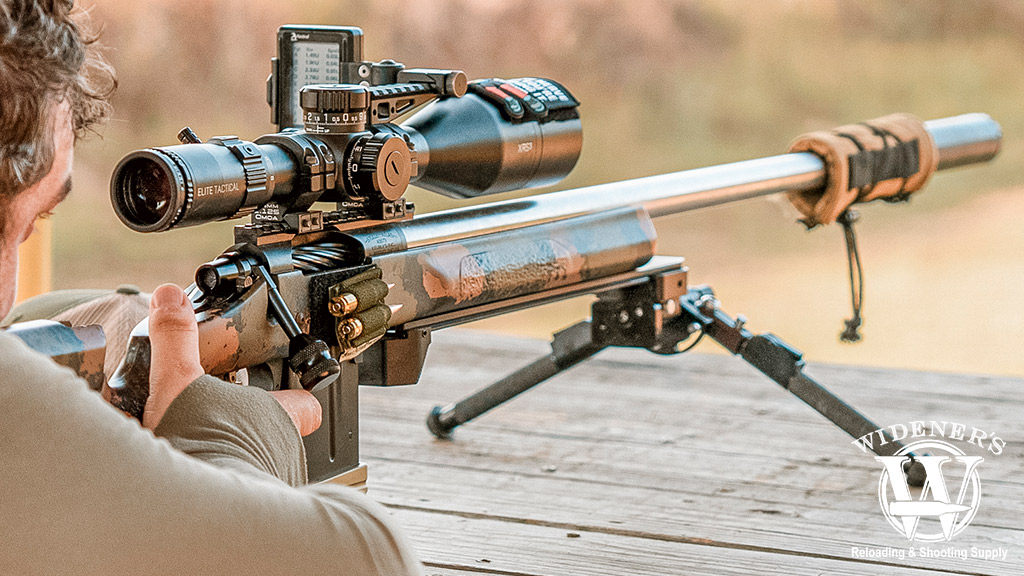
You’ll find a variety of optics, and reticle options at a PRS competition, with magnifications ranging from 5X-35X.
Optic selection for PRS competition is a very personal decision to make. You need to understand the set purpose of your scope and the reticle you choose to run in PRS. Almost every scope on the market has multiple reticle options. At any given PRS match, you may find the same model scope being used in a variety of different configurations. That alone gives you an idea of how many different options in scopes are used in this shooting sport. Consider the top brands used by PRS competitors:
- Vortex Optics
- Leupold
- Tangent Theta
- NightForce
- Kahles
- Zero Compromise
- US Optics
- Bushnell
In PRS, you do need a larger magnification to be able to see targets out to 1,000 yards and beyond. The best powers to run start at 5x or 6x magnification and the max needed is anywhere from 25x to 35x, depending on your eyesight and target sizes. In PRS, you rarely ever adjust the magnification, especially on the clock, and almost never run it at full power.
Most competitors have a “sweet spot” of 19x or 21x or somewhere around there that works for them. This gives them enough magnification to see the target, but not too much where hunting for the target in the scope becomes a challenge. You want a wide field of view and a good amount of light being let into the optic in any lighting situation.
Precision Rifle Series Gear Guide
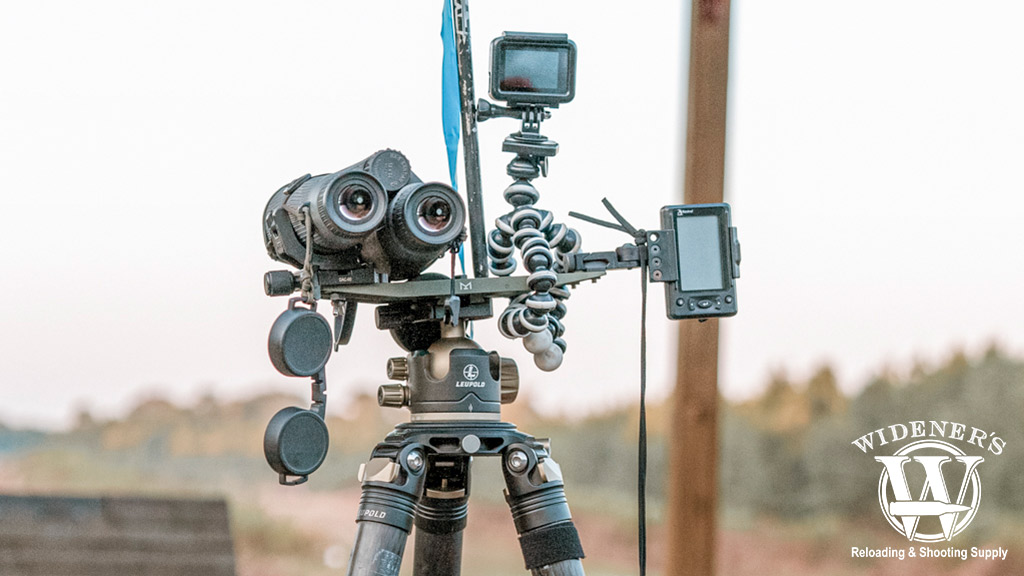
A few must-have gear items for PRS: A “battle station” tripod with spotting scope/binoculars, a windflag, and a Kestrel unit.
Kestrel
I know no top-level competitor competing in PRS without a Kestrel Ballistic Meter. I use the Kestrel 5700 Elite, and now I also use it in 3 Gun competitions. The Kestrel 5700 Ballistics Weather Meter measures wind, altitude, and all critical weather and ballistic variables to calculate an accurate aim point for long-range shooting.
This all-in-one compact tool combines onsite environmental measurements with a powerful G1/G7 ballistics calculator to deliver precise elevation and windage solutions for any gun, round, and shot. After inputting the data for your weapon and ammunition and correctly recording wind readings and target direction, it will calculate your holds for targets for both wind and elevation.
Magneto Speed Chronograph
I’ve found the Magneto Speed ballistic chronograph to be the most accurate rifle recording chronograph. The MagnetoSpeed V3 ballistic chronograph kit is for barrels and suppressors from 1/2 to 2 inches in diameter. In addition to the larger diameter tolerance, the V3 also has one inch more clearance in the blast zone to account for longer (up to 3″ in most cases) muzzle brakes, flash hiders, etc. The velocity of your ammunition through your gun is the crucial data you must enter into your Kestrel to get the holds for all your targets.
Bipod
One of the most expensive but worth it investments is a high-quality bipod. The final decision of what bipod will work best for you will be personal. Examples of good bipods are the MDT CKYE-POD, Warne Scope Mounts Precision Bipod, Atlas Bipods, and Accu-Tac bipods.
After shooting several major matches, I learned that everyone is slightly different regarding bag and bipod choices. That’s because people are of different heights and sizes, and what works for one person may be a catastrophe for someone else.
Support Bags
My biggest lesson to readers is that less is more. For my first couple of major matches, I would take 2-3 bags with me. What you don’t know yet about major PRS matches is that you walk from stage to stage. At some ranges, it’s quite a hike from one section to the next. Support bags in PRS can weigh anywhere from a few pounds to 10-15 pounds. By the final precision rifle series match, I was toting one bag and used it for everything.
I recommend using a Wiebad Tater Tot or Mini bag with the edge or sand fill. For PRS specifically, you don’t want light-fill support bags since your rifle will sink into it too easily and move around. Another very helpful bag this year was the Pump Pillow bag I used for several stages this year, shooting off rooftops, cattle rungs, and other odd structures that needed some rear support for the rifle and my strong arm.
Tripod with Spotting Scope or Binoculars
Every shooter must come prepared to spot and call hits for other shooters. Most major matches have the shooters calling hits while the ROs track the scores. For this reason, you must have a good spotting scope or binoculars set up on a tripod at each stage. You will also need this setup to find your targets on each stage and watch for wind changes.
I used Leupold’s Mark 5 CF-440 Tripod Kit and BX-5 Santiam HD 15x56mm Binoculars all year long and couldn’t have competed without them. I could see traces of many bullets and a lot of wind downrange, pivoting my binoculars on the tripod from one target to the next when there were multiple on a stage. The tripod also doubled as rear support for a few stages. I also used it for support in 3-Gun competitions this year by dropping a support bag on it.
Smaller Items:
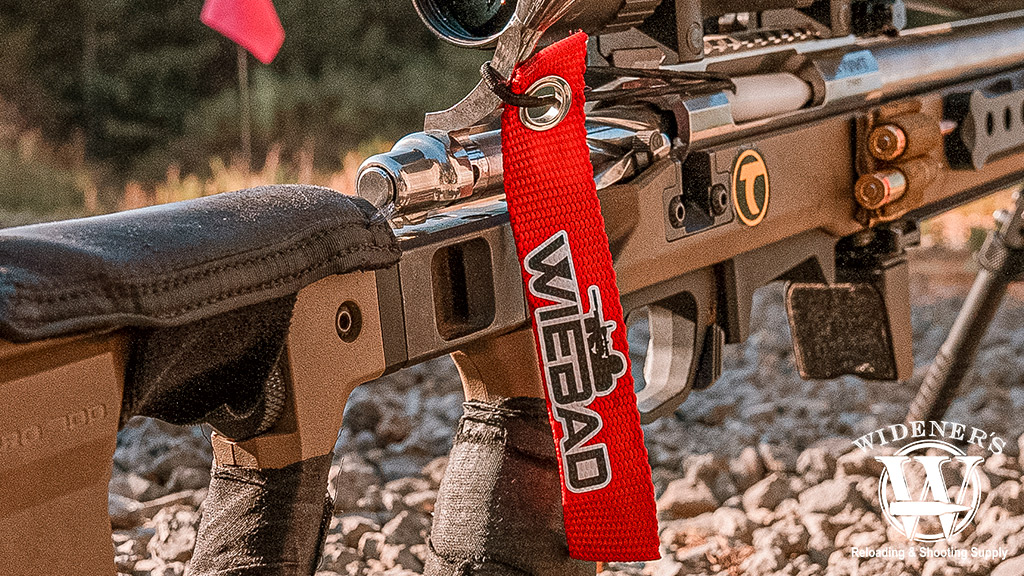
Don’t sweat the small stuff! Be sure to keep a chamber flag handy at Precision Rifle Series matches.
Chamber Flag
In PRS, you must have a chamber flag in your rifle, whether it’s a gas gun or bolt gun. These are important to keep the sport safe, so keep an extra on hand if you or another shooter forgets theirs!
Wind Flags
Set up some wing flags on your tripod or some other structure to read which way the wind is blowing. Pro tip: the wind you feel where you’re standing might not be the same speed or direction as where your target is.
Plates and External Weights
The precision rifle series aims to build a heavy enough rifle that doesn’t move much from recoil. After setting up a rifle, you can add external weights to weigh the gun down even more. Similarly, a gun plate that attaches to the ARCA rail can add weight to the rifle and act as a wide bag support. The GrayOps mini gun plate came in handy for weight and bag support so many times this year.
Data Cards For Precision Rifle Series
There are a few ways to write your DOPE (Data On Previous Engagements) down for a stage if you have multiple target distances on a stage. One way is to use a rifle-mounted data holder, and another is the competition data armband. You will need a way to look at your holds while on the clock, and just winging it or trying to memorize it rarely works, especially under the pressure of a timer.
2-Round Holder
Occasionally, things go wrong. You could need to eject a bad round and replace it at the end of the stage with a fresh one. Without reloading a whole other magazine, you can simply attach a 2-round holder to your rifle and hand insert one into the chamber when necessary. Occasionally, stages require you to shoot more than ten rounds. If you don’t have more than a 10-round magazine, these two spare rounds can also be handy.
Signing Up For Precision Rifle Series
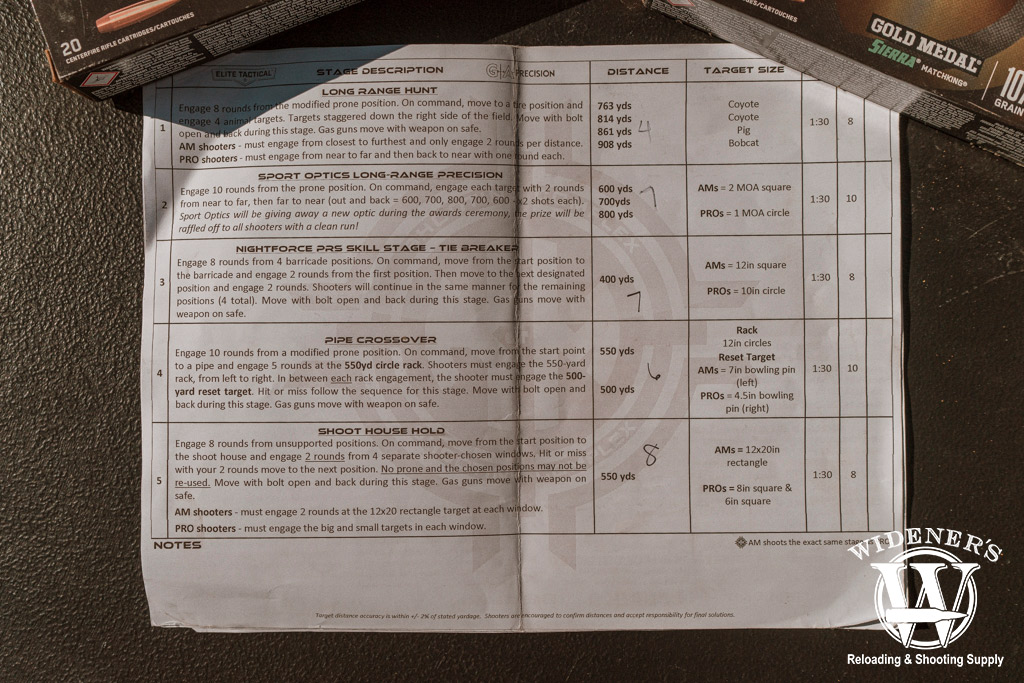
Each PRS Match will have a course of fire booklet for competitors to see target sizes, target distances, and engagement order..
The best place to start seeing what matches are near you is by visiting the Precision Rifle Series website. Many of these major matches, especially local ones, will require you to log in to Practiscore to register for the match. I recommend starting by shooting local matches before jumping into major ones. This will be the best way to get orientated into competition shooting and understand how the game of PRS works.
Depending on the range and level, you should have a zero board when you arrive at the match. This will let you check zero and, if needed, chronograph your ammunition before you start. Precision Rifle Series major matches will have a tune-up and sight-in day before the match starts. This gives you time to check your rifle data and true your gun out to 1,000 yards or more. If you travel for a match, check your data because different environments, temperatures, and locations can affect your ammunition performance.
Once you have all your data, read over the stages to see what distances you’ll be shooting at and build stages into your Kestrel with the target distances. If a stage has multiple targets, write down your DOPE for these stages to be ready to go once it’s time to shoot that stage. Make sure you have your tripod, binoculars/spotting scope, rifle, magazines loaded, support bag(s), and everything you need ready to go on your first stage before the match kicks off.
Stage Planning
Stages will be match-specific. Come prepared to shoot prone, modified prone, off props like rooftops, cattle rungs, wooden stakes, cement or corrugated pipes, barricades, tank traps, and more. There’s no way to name all the props or challenges you might see in PRS. You’ll be tested on problem-solving with the tools you have to shoot the course of fire.
You might have a stage that requires eight rounds and be a tie-breaker timed stage. The other stages may be parred times of 90, 120, or 105 seconds. Your score is tallied from how many targets you impact on each stage. In the case of a tie-breaker, the shooter with the lowest, fastest time will score higher.
Precision Rifle Series Competition Recap
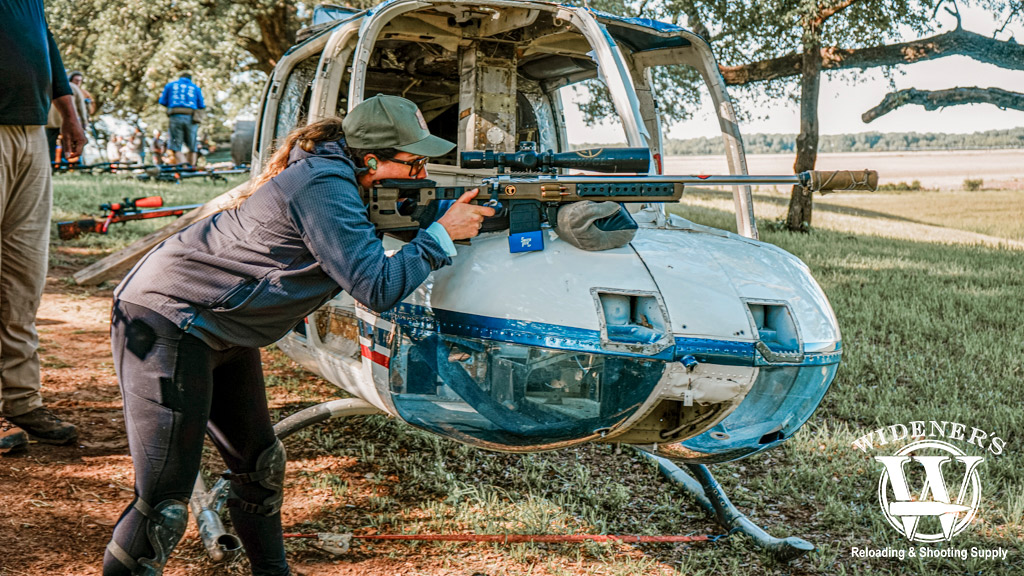
The more Precision Rifle Series matches you compete in, the more your skillset and confidence will grow.
After you shoot a few Precision Rifle Series matches, you’ll better understand what you need to work on. You’ll improve your shooting and be more well-educated on how your gun and gear perform. You’ll learn something from every match, grow with each new challenge, and continuously learn how to handle different environments.
Don’t be afraid to ask questions of other shooters. Ask professionals questions about gear and wind calls. Watch how the pros tackle stages to see how they attack the challenges ahead. Have fun, be patient as you continue to grow and learn, and stay safe!
The post Precision Rifle Series: Competition Guide appeared first on Wideners Shooting, Hunting & Gun Blog.

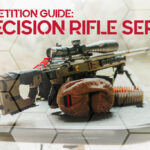
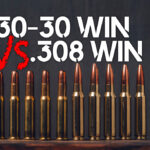

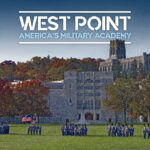
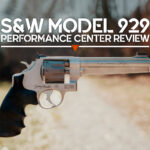
Leave a Reply